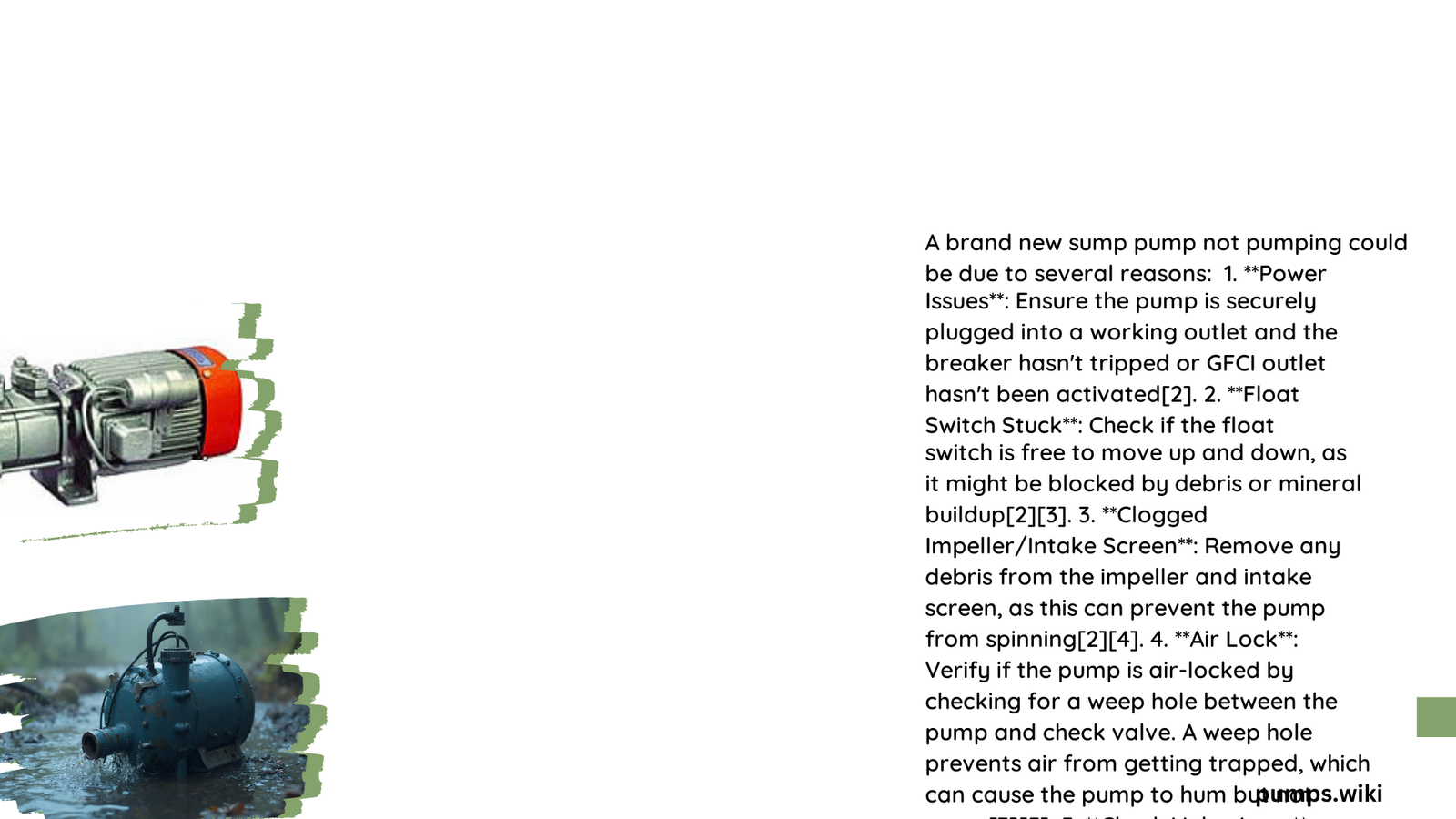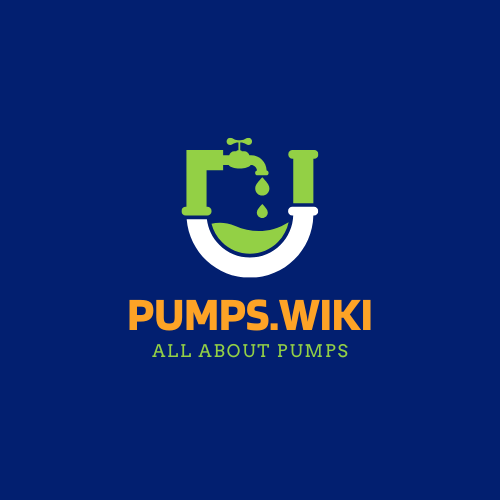A brand new sump pump that refuses to pump water can be frustrating and potentially lead to basement flooding. Homeowners often encounter unexpected challenges with newly installed sump pumps, ranging from installation errors to mechanical malfunctions. Understanding the root causes and implementing systematic troubleshooting can help resolve these issues efficiently and prevent potential water damage to your property.
What Causes a Brand New Sump Pump to Stop Pumping?
Why Do Installation Problems Occur?
Proper installation is critical for a sump pump’s performance. Several key factors can prevent a brand new sump pump from functioning correctly:
Pit Preparation Challenges
- Incorrect Pit Surface: Avoid placing the sump pit in gravel or dirt
- Recommended Base: Use concrete or solid brick foundation
- Debris Prevention: Ensure a clean, level surface to prevent clogging
Discharge Line Configuration
| Issue | Consequence | Solution |
|---|---|---|
| Missing Check Valve | Water Backflow | Install Proper Check Valve |
| Improper Alignment | Continuous Pumping | Verify Correct Installation |
| Air Pressure Buildup | Motor Strain | Add Relief Hole |
What Float Switch Problems Can Prevent Pumping?
Float switches are crucial for automatic pump activation. Common issues include:
- Tethered Float Switch Complications
- Potential tangling
- Restricted movement
-
Improper positioning
-
Vertical Float Switch Challenges
- Debris accumulation
- Mechanical jamming
- Limited vertical mobility
How to Diagnose Motor Malfunction?
Electrical Diagnostic Techniques
- Voltage Verification: Confirm manufacturer’s specified voltage
- Amperage Assessment: Check motor’s electrical draw
- Thermal Overload Detection: Monitor motor temperature
What Troubleshooting Steps Should You Take?
Comprehensive Diagnostic Procedure
- Power Supply Inspection
- Check electrical connections
- Verify circuit breaker status
-
Test outlet functionality
-
Mechanical System Evaluation
- Examine float switch movement
- Clear discharge line
- Inspect check valve operation
When Should Professional Help Be Considered?
Cost and Complexity Factors
- Complex installation issues
- Persistent mechanical failures
- Manufacturer warranty considerations
Potential Repair/Replacement Costs:
– Professional Inspection: $100 – $300
– Part Replacement: $50 – $200
– Complete Pump Replacement: $200 – $1,000
Critical Maintenance Recommendations
Preventive Strategies
- Regular pit cleaning
- Annual professional inspection
- Maintain clear discharge pathways
- Monitor float switch functionality
Key Takeaways

A brand new sump pump that won’t pump requires systematic investigation. By understanding potential installation, mechanical, and operational challenges, homeowners can effectively diagnose and resolve issues, ensuring reliable water management and basement protection.
